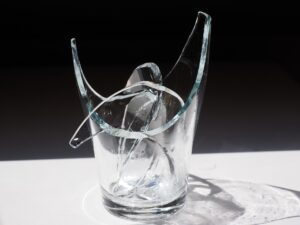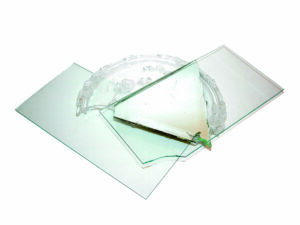Glass waste

Glass is a material, which can be melted an unlimited number of times and be processed to be used in new glass products.
Small damages to windscreens (for instance by a stone) can be repaired by specialized companies. Use returnable bottles instead of glass or plastic cans or one-way bottles. Use the water from the tap.
Collect flat glass, laminated glass (windscreen) and hollow glass (bottles) separately to allow for recycling.
During the recycling, glass sorted according to types is broken in several steps and contaminations are eliminated by metal separators, wind sieves and sieves. The glass granulate / powder obtained is melted and used to create new products.

Glass waste
Glass is a material, which can be melted an unlimited number of times and be processed to be used in new glass products.
Small damages to windscreens (for instance by a stone) can be repaired by specialized companies. Use returnable bottles instead of glass or plastic cans or one-way bottles. Use the water from the tap.
Collect flat glass, laminated glass (windscreen) and hollow glass (bottles) separately to allow for recycling.
During the recycling, glass sorted according to types is broken in several steps and contaminations are eliminated by metal separators, wind sieves and sieves. The glass granulate / powder obtained is melted and used to create new products.







